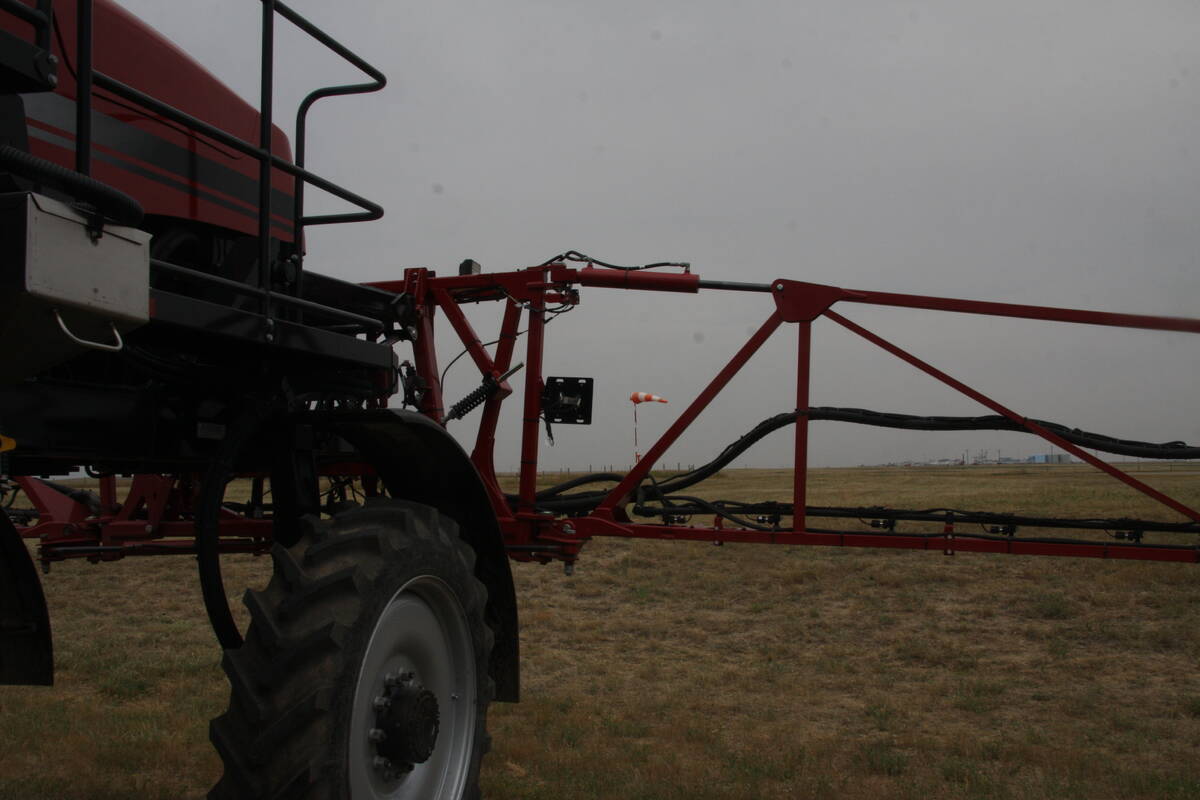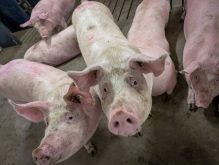LETHBRIDGE, Alta. – Soybeans have placed the interior of Brazil on the world market’s centre stage.
With 25 million acres cropped and another 200 million in reserve, this savannah-type region known as the Cerrado aims to feed the world, says agricultural writer Marcia Zarley Taylor, editor of Top Producer, an American farm magazine.
She has travelled to central Brazil several times since 1998 and described her experiences at a recent farm management meeting sponsored by Pike Farm Management Consultants.
“They are shifting their soybean belt from the south to the north and they are bringing an infrastructure with them that will support this very sophisticated agriculture,” she said.
Read Also

More work wanted on removing red tape
REGINA — Canadian farmers risk falling further behind competitors if two main federal agencies don’t become more efficient and responsive…
“(U.S. Department of Agriculture) price forecasters were totally blindsided by the growth that has taken place in Brazil. They were not expecting new land to come into production.”
If Brazil opens 45 million acres of farmland in this area, it will bump the United States as the world’s foremost soybean producer.
The area was considered a wasteland until the late 1960s, but modern agronomy and fertilizers have helped make the orange-colored, acidic tropical soil highly fertile. This savannah area is directly south of the tropical rain forest. Land is being cleared of low-growing grasses and scrubby brush, which is burned. This causes a smoke pollution problem during the dry season when most of the burning takes place.
The area receives between 1,270 and 2,300 millimetres of rain per year, mostly during the growing season that starts in the fall.
Hot-weather crop varieties have been developed and Brazilian soybeans now routinely yield 50 bushels to the acre.
The area has exceeded projected yields in the last decade.
The Americans had hoped to keep soybean prices low to discourage widespread global production.
“Low prices have not brought the Brazilians to their knees,” she said.
While the Americans face accelerating costs of production, the Brazilians maintain much lower input costs.
“Their soybeans producers’ cost of production is less than $4 per bushel and some very big operations are less than $3,” she said.
Cotton is another large, highly profitable crop in Brazil. However, it is also a capital intensive crop, so some have held back planting more.
A large portion of the area has remained as grass for grazing cattle. The cattle are not as productive as desired by the Brazilians, who recognize the need for genetic improvements.
The Brazilian government has also imposed environmental standards on this new frontier.
A minimum of 20 percent of any farm must be set aside as a permanent conservation preserve. Depending on the region, the set asides may be even higher. Farmers in the state of Mato Grosso must preserve half their acreage and those living closer to the rain forest must set aside 80 percent of the land in its natural state. Violators are fined.
A lack of sophisticated infrastructure in this remote area is a major challenge. Paved roads, railroad systems, barges and storage are underdeveloped. Soybeans and other crops are trucked out on unreliable road systems at a high freight cost to producers.
To reduce delays and accidents, the government is embarking on a more efficient, broad-based transportation system. For example, rail lines that once shipped only iron ore now pick up soybeans.
The government is building a paved highway through the rain forest to link with the Amazon River..
In the past, major players such as Carroll and Archer Daniel’s Midland were not interested in investing in Brazil. But recently, the multinationals built export facilities for soybeans and helped build crushing plants and storage facilities.

















